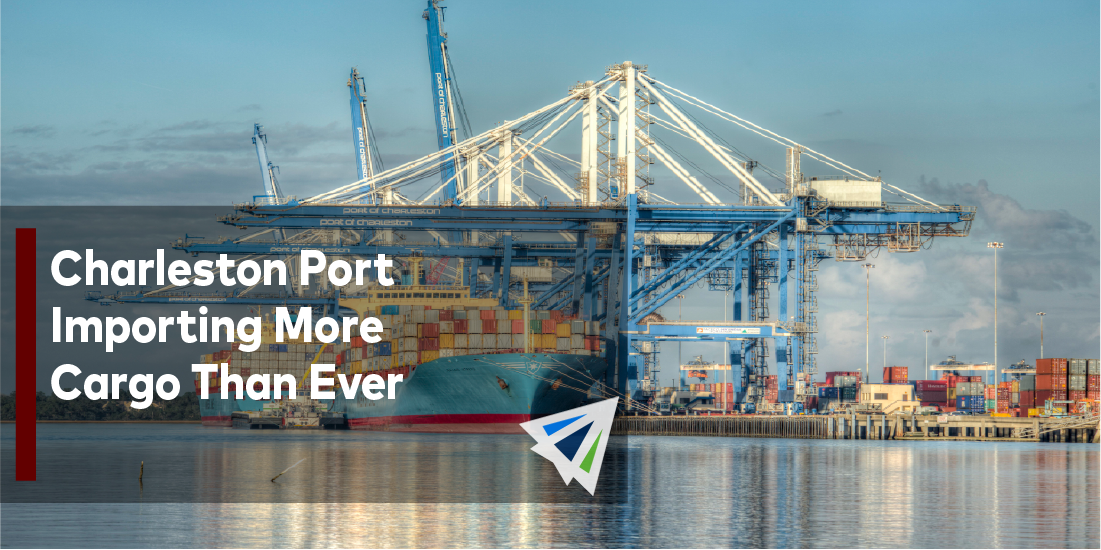We all know congestion has been horrible at most U.S. ports. As consumer demands rise drastically in preparation for peak season, ocean ports are experiencing more congestion than ever before. But the attention for all this congestion has predominantly been focused on West Coast ocean ports. Somehow, Charleston has stayed out of the conversation.
The CEO of SCPA (South Carolina Ports Authority), Jim Newsome, has dodged most media attention amidst the national congestion crises. The Port of Charleston, while busy, has been largely escaping most of the devastating congestion issues other ports have been experiencing.
Current State of Charleston Ocean Port
Charleston has berth availability, cargo capacity, and terminal fluidity as a result of having invested in new infrastructure at the right time. Proving effective for handling peak season.
In September, Charleston broke previous records by moving over 205,000 TEU’s at both the Wando Welch and Hugh K. Leatherman terminals. This TEU record was a 5% increase year-over-year, which is impressive considering the massive spike in imports this time last year as businesses prepped for holiday seasons and attempted to recover from previous inventory fallouts.
While the SCPA did not release information regarding empty containers, port data showed that empty imports in September were down from 5,563 to 2,943 TEU’s from 2020 to 2021. The number of empty containers exported was up from 38,804 to 42,152 from 2020 to 2021.
Somehow, despite not experiencing ridiculous congestion, the port of Charleston has been breaking records almost monthly. New records were set in June, July, and September, and while August wasn’t a record breaking month, it was up 12% year-over-year.
SCPA CEO Jim Newsome stated, “As the slowdown in cargo velocity is felt throughout the global supply chain, SC Ports remains focused on providing customized solutions and efficient operations to keep freight moving. By investing more than $2 billion in port infrastructure in recent years, we have the capacity to handle the influx of imports we are seeing today.”
Shift in Shipper Strategies
Many U.S. based importers are changing their shipping strategies to include a cargo reroute to the port of Charleston. Due to how well the port has held up amidst the increasing consumer demand, it’s proving to be a more cost effective and efficient/timely shipping route for U.S. bound imports (assuming they’re coming into the east region of the United States.)
If you wanted to talk to someone about the port of Charleston and whether or not you can redirect your cargo there, please don’t hesitate to reach out to one of our team members and ask! We’re here to help and would love to answer any questions we can for you and your team!
